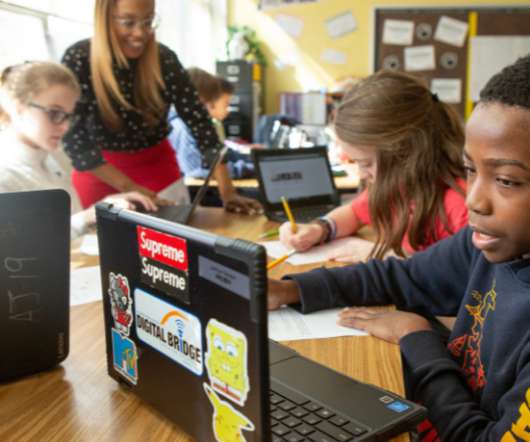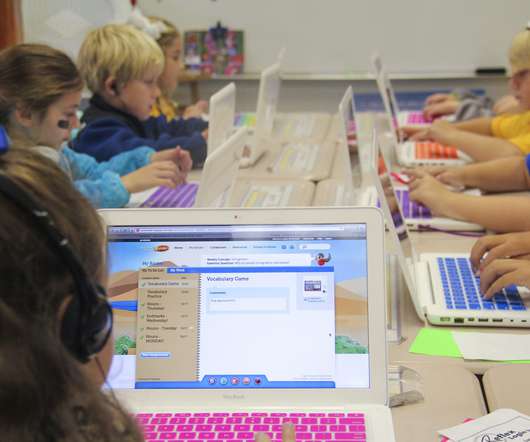Technology’s Role in Putting Learning Science Research To Work
Digital Promise
NOVEMBER 10, 2014
Since the days of writing on wooden shingles with charcoal in one-room school houses, an increasing array of objects – pencils, paper, scissors, paste, books, and microscopes, to name a few – have been routinely used in classrooms to help students deepen understanding and record and communicate what they learned.















Let's personalize your content